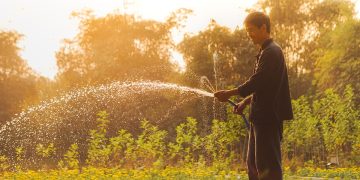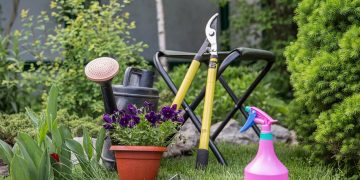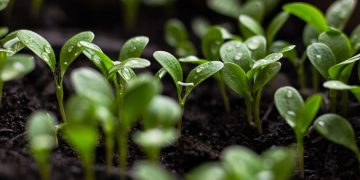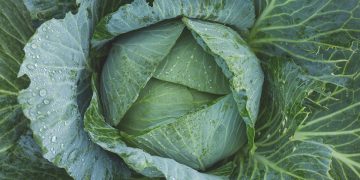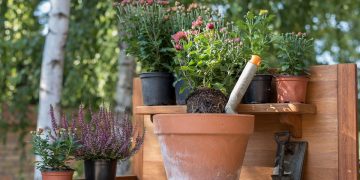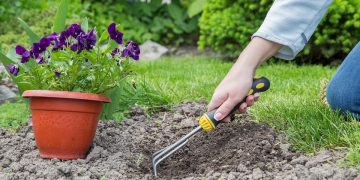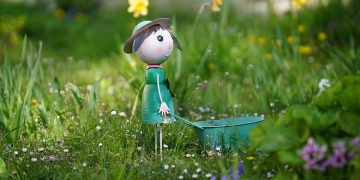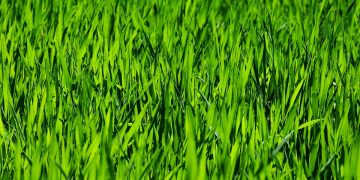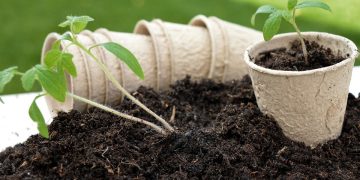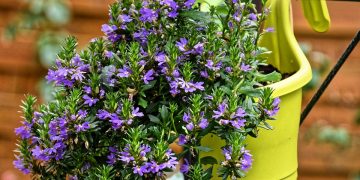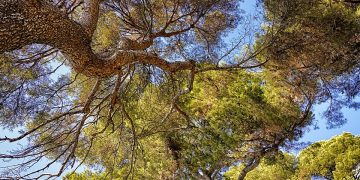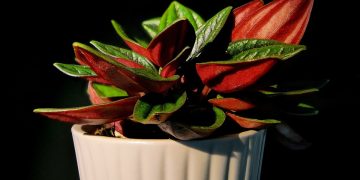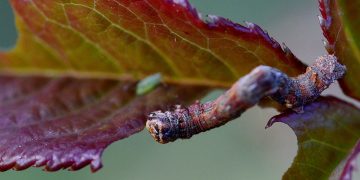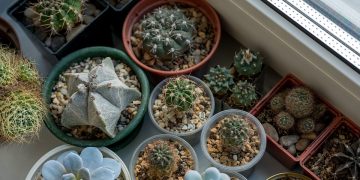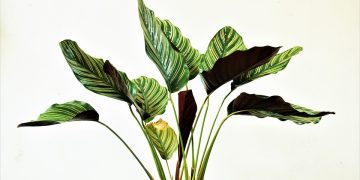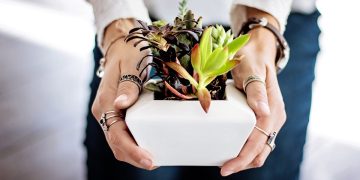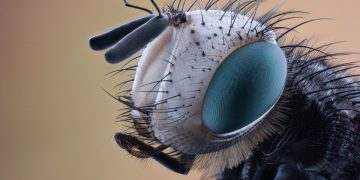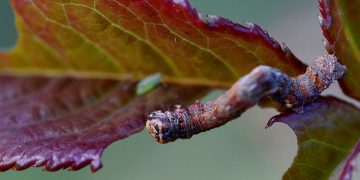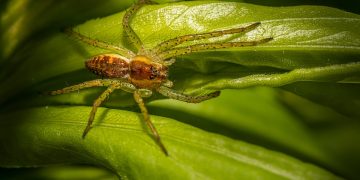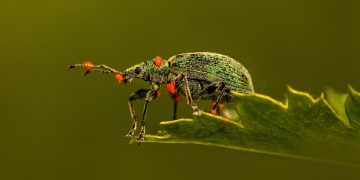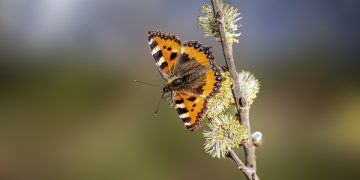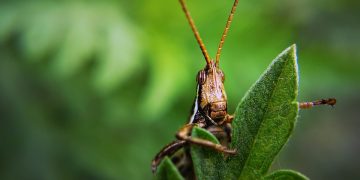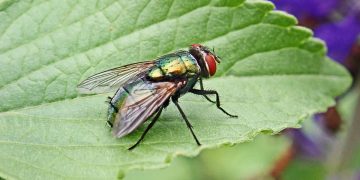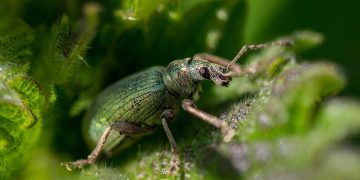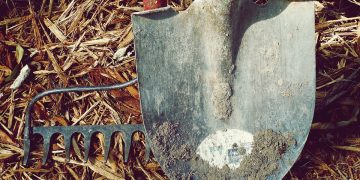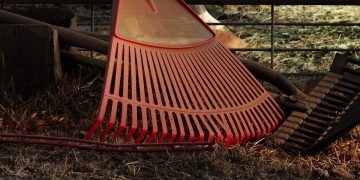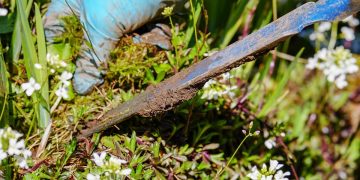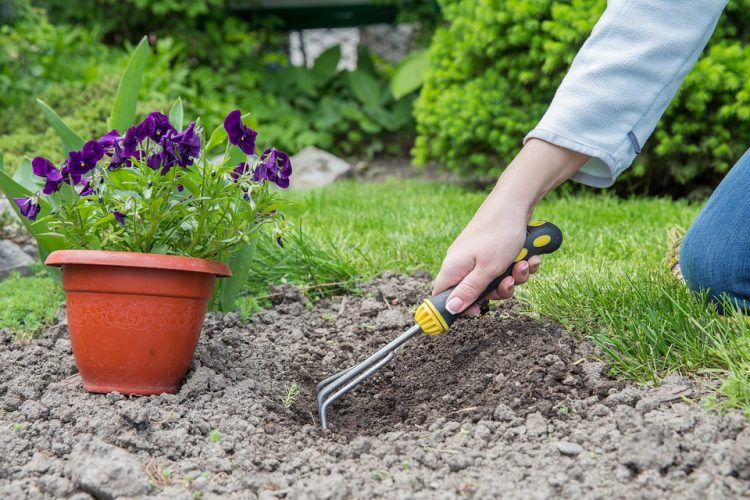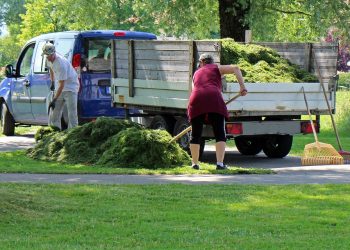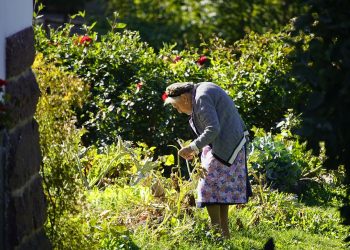Rooted in Resilience: The Power of Planting Native Species
Native plants have been a vital part of ecosystems for centuries, providing food and shelter for animals, filtering water, and helping to control erosion. Despite their importance, many landscapes today are dominated by non-native species, which can disrupt local ecosystems and reduce biodiversity. In recent years, there has been a growing movement to promote the use of native plants in landscaping and gardening to help restore and protect our natural environment. This article will explore the benefits of planting native species, how to incorporate them into your own landscape, and why they are essential for building resilience in the face of climate change.
The Benefits of Planting Native Species
There are numerous benefits to planting native species in your landscape. One of the most significant advantages is that native plants are well-adapted to local conditions, making them more resilient to pests, diseases, and weather extremes. This means that they require less water, fertilizers, and pesticides than non-native species, making them a more sustainable choice for your garden.
Native plants also provide important habitat for local wildlife, including birds, butterflies, and other pollinators. By planting native species, you can create a diverse and healthy ecosystem that supports a wide variety of species. This can help to increase biodiversity in your area and contribute to the overall health of the environment.
Additionally, native plants are often better at controlling erosion and managing stormwater runoff than non-native species. Their deep root systems help to stabilize soil, preventing erosion and reducing the risk of flooding. By planting native species, you can help to protect your landscape from the impacts of severe weather events and climate change.
How to Incorporate Native Species into Your Landscape
There are many ways to incorporate native species into your landscape, whether you have a large yard or just a small balcony. One of the easiest ways to get started is to replace non-native plants with native alternatives. Look for plants that are native to your region and that are well-suited to the growing conditions in your area. You can find a wide variety of native plants at local nurseries, botanical gardens, or online retailers.
Another way to incorporate native species into your landscape is to create a native plant garden. This can be as simple as planting a few native flowers in a sunny spot or as complex as designing a full-scale native plant habitat. Native plant gardens can provide food and shelter for wildlife, attract pollinators, and create a beautiful and naturalistic landscape that is easy to maintain.
If you have limited space, you can still make a difference by planting native plants in containers on your patio or balcony. Native species such as milkweed, bee balm, and coneflowers are excellent choices for container gardening and can attract pollinators to your urban environment.
The Importance of Native Species in Building Resilience
As our climate continues to change, it is more important than ever to build resilience into our landscapes. Native plants are a key component of resilience, as they are well-adapted to local conditions and can withstand the challenges of a changing climate. By planting native species, you can help to create a landscape that is more resilient to drought, extreme heat, and other climate-related stressors.
In addition to their resilience, native plants also play a crucial role in mitigating the impacts of climate change. They help to sequester carbon, reduce the urban heat island effect, and provide important habitat for wildlife. By planting native species, you can help to build a more sustainable and resilient environment for future generations.
Conclusion
Planting native species is a powerful way to support local ecosystems, increase biodiversity, and build resilience in the face of climate change. By incorporating native plants into your landscape, you can create a beautiful and sustainable environment that supports wildlife and protects the natural world. Whether you have a large garden or just a small balcony, there are many ways to incorporate native species into your landscape and make a positive impact on the environment.
So why not join the movement and start planting native species in your own backyard? You’ll be helping to protect the environment, support local wildlife, and create a more resilient landscape for future generations to enjoy.
Remember, every plant counts, so start small and watch as your garden transforms into a thriving ecosystem that benefits both you and the planet.

